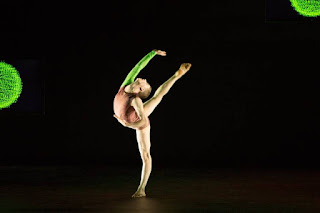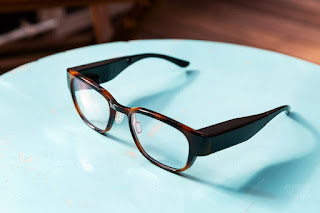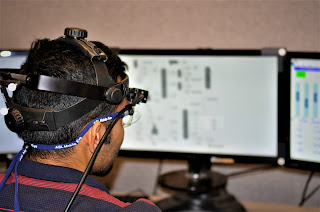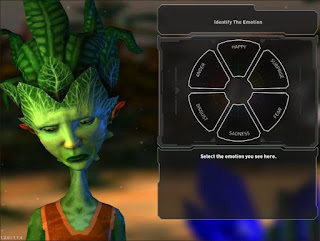Carnegie Mellon University
researchers have found ways to track body movements and detect shape changes
using arrays of RFID tags. RFID-embedded clothing thus could be used to control
avatars in video games. Or embedded clothing could to tell you when you should
sit up straight. Researchers devised for tracking the tags, and thus monitoring
movements and shapes. RFID tags reflect certain radio frequencies. It would be
possible to use multiple antennas to track this backscatter and triangulate the
locations of the tags.
Rather, the CMU researchers
showed they could use a single, mobile antenna to monitor an array of tags
without any prior calibration. Just how this works varies based on whether the
tags are being used to track the body's skeletal positions or to track changes
in shape. For body movement tracking, arrays of RFID tags are positioned on
either side of the knee, elbow or other joints. By keeping track of the
ever-so-slight differences in when the backscattered radio signals from each
tag reach the antenna, it's possible to calculate the angle of bend in a joint.
More information:





